From the first animal-skin moccasins crafted by mountain-dwellers in the late stone age, to today’s hundred billion dollar global footwear industry, the history of shoes is fascinating and at times surprisingly zany. Let’s take a look at how the way we dress our feet has evolved over the years.
40,000 BCE: Shoes Are Invented (And go Mainstream!)
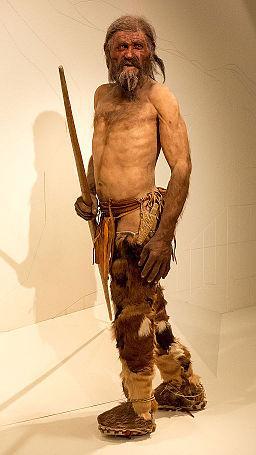
Few artifacts have been recovered from this time period, as the first shoes were made from materials such as animal skins, which decay easily under most circumstances. However, from examining the skeletal records of early humans, archeologist have been able to deduce that many humans began wearing rudimentary moccasins around this time.
The oldest pair of shoes actually discovered belonged to Otzi the Iceman. Otzi, a naturally mummified corpse was found in the Alps near the Italy/Austria border offered archeologists an unparalleled look into the lives of early European inhabitants. (Including their shoe-wearing habits!) Another interesting fact about Otzi: several of the people involved in his discovery and his study died under mysterious circumstances leading to theories of “Otzi’s Curse.” But that’s a story for another day…
10,000 – 1000 BCE: Sandals Take off Around the Globe
A lot of footwear from this era actually survived to modern times — and many of the artifacts that have been discovered were sandals. In central Oregon, for example, dozens of so-called “Sagebrush sandals” were unearthed beneath volcanic ash. Made from the bark of (you guessed it) sagebrush plants, these shoes featured a brilliant weaving pattern that helped make the durable enough to last several thousand years under the right conditions.
Hieroglyphics and other murals found in archeological sites across ancient Egypt also demonstrate that sandals were popular in that region. In fact, quite a few sandal-artifacts suspected to have originated around this time, including:
- Papyrus leaf sandals found in Europe and near Jerusalem.
- Palm leaf sandals found in North Africa.
- Rawhide sandals found in East Africa.
- Wooden sandals found in India.
- Rice Straw Sandals found in China and Japan.
- Sisal Plant and Yucca Plant Sandals found in the Americas
So sandals were starting to get pretty popular. However, even though the current minimalist/maximalist shoe style debate was still a few millennial away, there was still a barefoot vs. shoe debate even then. Case and point: ancient Greece.
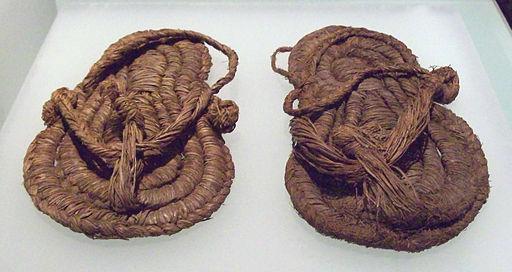
490 BCE: The First Marathon (Maybe)
Most people have heard the story of Philippides running 26.2 miles from Marathon to Athens to announce the Greek victory over Persia. Here are two facts about this fabled event that you might not know:
- The story is considered to be a mixture of history and folklore. (Much like bigfoot, or democracy.)
- The real runner, whoever he may have been, was probably barefoot. (Most ancient Greeks did not wear shoes — a tradition shared by many other cultures located in warm weather regions at the time.)
As the article linked above discusses, shoes served mostly as formal wear for many Greeks. It is also worth mentioning, though, that even a lot of the footwear that did exist in the world at this time would qualify as solidly “minimalist” by today’s standards. But we digress. Here’s a quick overview of what happened next in footwear:

200 BCE — 1800 CE: A Slow Evolution
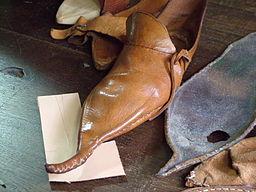
The whole barefoot trend in Greece ended abruptly in 146 BCE when Greece was invaded by the quickly growing Roman empire. (A nation that took many of Greece’s customs as its own, but was apparently too in love with shoes to give them up.) Shoes actually won out across most of the world around this time, either in the form of sandals, or in the form of leather pulled tightly around the feet.
A few developments did occur in some parts of the world. Leather and/or wooden bases were added to shoes in many muddy regions. Long-curled toes became fashionable first in the Middle East, then in Europe. And toward the end of this period, sewed-on leather soles and slightly stiffer materials turned shoes into something that many of us would recognize today.
1000 – 1900: The Era of Traditional Foot Binding
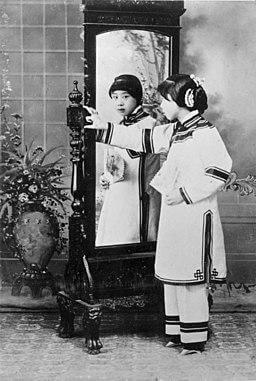
Unfortunately the history of footwear has some dark points. Though there are plenty of candidates for the “worst shoes in history,” nothing fits the bill more than the appalling practice of binding young girl’s feet so that they wouldn’t grow to their full, natural size.
Foot binding became popular during the five dynasties period in China right around the turn of the millennium — though most historians agree that ultra-restrictive practices truly began in the 1600’s. To be fair to renaissance-era China, there were plenty of dissenters: in fact, emperors from the Qing dynasty even attempted to outlaw the practice. But unfortunately, tradition sometimes outweighs common sense, and foot binding continued to be common practice in many parts up until the 20th century.
1700’s: What About High Heels?
Some specialized changes also began happening around this time. One of the most widespread (and interesting) changes to occur was the evolution of the high heel. Though heels are oftentimes thought of as highly impractical, they were actually invented to achieve a very practical purpose: helping Persian soldiers to avoid falling out of the stirrups even as they stood up to shoot their bows. King Louis would eventually adopt the style himself (allegedly to compensate for his short stature) and from there the style slowly worked its way into women’s fashion, before eventually being associated with femininity.
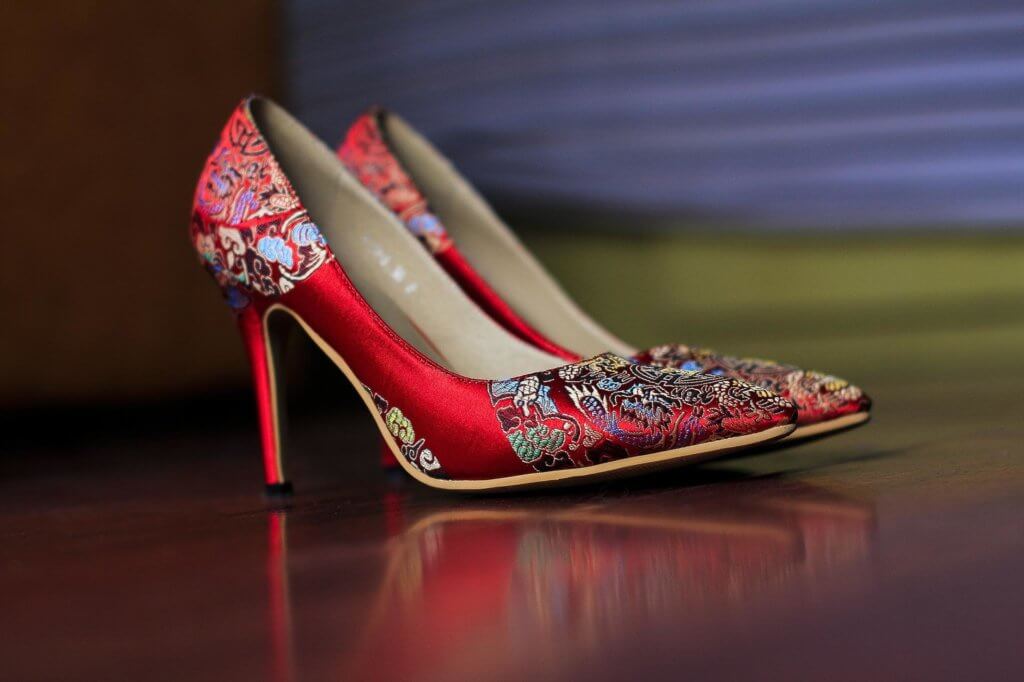
1812: The First Shoe Factory
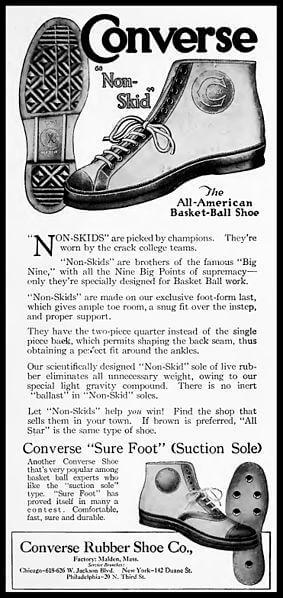
The setting: Napoleon is invading France and the industrial revolution is blooming. A French engineer and entrepreneur by the name of Marc Brunel decides it’s time to supply his country with boots (and to make a pretty penny in the process.) The only flaw in this plan was that once the war ended, the demand for boots plummeted while the return of soldiers created a spike in the supply of cheap labor. Brunel’s factory went out of business — but a new era had started. By the end of the century, most shoes would be created in factories rather than by individual craftsmen.
1817: Right and Left Shoes Take Off
It may seem incredible that this is such a recent invention — but most shoes to this point were “straights,” meaning they were designed to fit just as well on either foot. But in 1817, a Philadelphia cobbler named William Young began making mirrored left/right shoes for his customers, and the invention proved quite popular. Historians are unsure if this is the very first example of left/right shoes in the modern age, but it is definitely one of the most popular, and helped spur the differentiation to greater popularity.
One interesting fact worth noting? Our friends the ancient Romans may have been history’s earliest example of left/right shoe producers, as they equipped soldiers with differentiated left/right shoes.
1915: Converse Begins Producing “Athletic” Shoes
Starting around the 1860s, a number of companies began producing running shoes, which were essentially formal leather shoes with metal spikes on the bottom for traction. In 1908, Converse was founded, and by 1915 they were producing high-tops that looked surprisingly similar to their modern selection. In 1923, Converse hired a basketball player named Charles “Chuck” Taylor, who had first come into contact with the company when looking for shoes that would cure his problem with sore feet. Taylor ended up becoming a face of the company, and helped spur the company to its widespread success.
1924: The Dassler Brothers Shoe Company is Founded
If you’ve never heard of that business before, then perhaps the names Adidas and Puma will ring a bell. These footwear giants are actually both offshoots of Dassler, a company that broke apart due to an escalating feud between its co-founders, brothers Adolf (Adi) and Rudolf (Rudi). In addition to being an important part of the evolution of shoes, the story of Dassler Brothers Shoe Company is also one of history’s most epic tales of sibling rivalry.
Younger brother Adi, an introverted and technically-minded cobbler, first started selling his own shoes in 1918. When his extroverted, charismatic older brother, Rudi, joined as a salesman in 1923, the pair seemed to complement each other perfectly. By 1924 they had formed an official company, and by 1926 they owned a factory that was employing a growing number of workers in their hometown of Herzogenaurach.
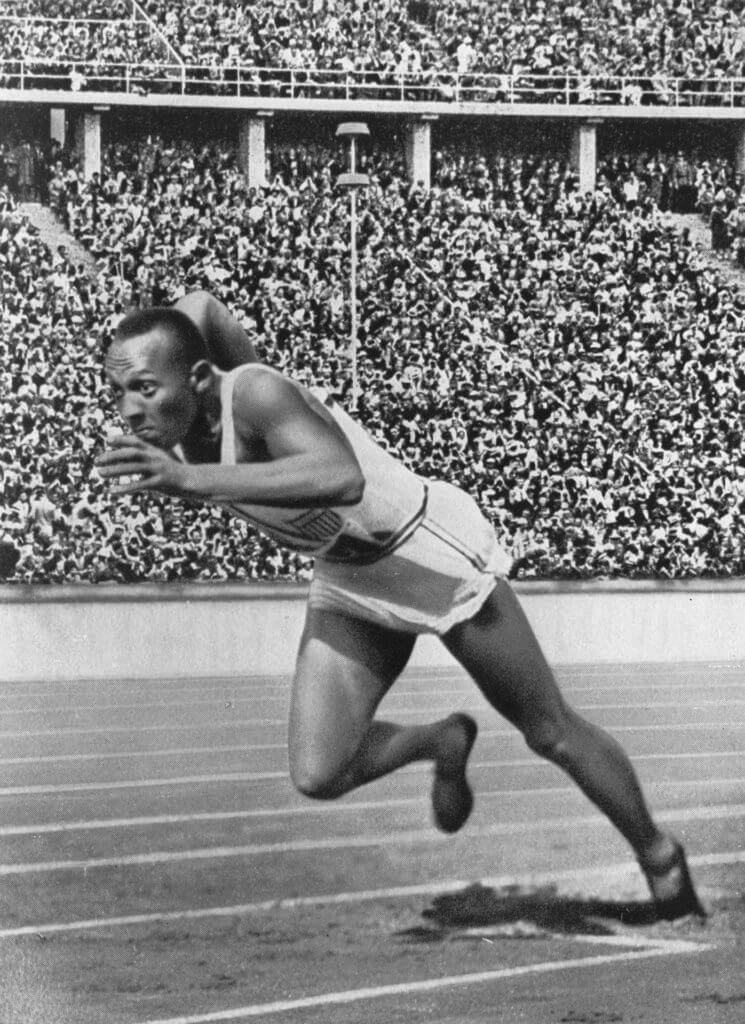
The relationship between the brothers began to sour during the second World War. Rudi was called upon to fight on the front lines in Poland — and became convinced that Adi had conspired to get him drafted in order to have the business all to himself. Rudi eventually deserted his post, was arrested for desertion, released, and then almost immediately captured by the allies and accused of working for the Gestapo. Another twist? American documents show that both Adi and his wife, Kathe, testified to US investigators that Rudi had indeed worked for the Gestapo, which helped influence the decision to keep Rudi in a POW camp for nearly a year!

Rudi was eventually allowed to return to his previous life, as courts ruled that neither brother actively contributed to the Nazi party. By this time, as you can imagine, neither Dassler brother was interested in running a business together, so they divided the company and all its assets. Adi combined his first and last names and created Adidas. Rudi built a new factory on the opposite side of the Aurach river (which passes through the town’s center) and named his company Ruda, which he later branded as Puma.
Adi and Rudi were eventually buried on opposite sides of the town cemetery, and their rivalry outlived them, as employees of Adidas and Puma refused to associate with one another for many years after.
1960’s: Running is for Everyone!
During the 60’s, advances in rubbers and plastics led to a few important changes in the way that shoes were made. However, the trend that arguably had the largest effect on the shoe industry was the popularization of running as a hobby for regular people. (And not just a sport for students and athletes.) Why did this running boom occur? The phenomenon is often times credited to running evangelists such as New Zealand coach Arthur Lydiard and American writer/Nike Co-founder Bill Bowerman. The Olympic victories of American runner Frank Shorter in 1972 also helped capture public imagination in the US.
As more and more people grew interested in running, it only makes sense that many shoemakers of the time started adapting their products (and their messages) to capitalize on this trend. New Balance, in particular, experienced an explosion of sales and attention at this time, in large part because of its “Ma and Pa Balance” ad campaigns, which featured hip-looking elderly people rather than star athletes.
1971: “Shock Absorption” Makes a Splash in Running Vocabulary
In 1971, a poll published in Distance Running News found that runners rated Tiger’s Marathon shoe the best option on the market. The Marathon won praise for its glove-like fit and its flexible “barefoot” feel — a fact that seems a bit ironic in light of the direction that the shoe industry was about to take.
Another Tiger shoe model, Cortez, exemplified 1970’s running shoes much better. Cortez featured a sponge-rubber midsole with a wedge-shaped second layer of cushioning under the heel to “absorb impact and reduce stress on the Achilles tendon.” Whether or not that type of “shock absorption” is actually good for runners and their health is a point of major contention. (As we will discuss later in this article.) But the concept certainly sold well, and a litany of major brands followed suit by producing their own “rebounding,” “cushioned” or “shock-absorbing” shoes.
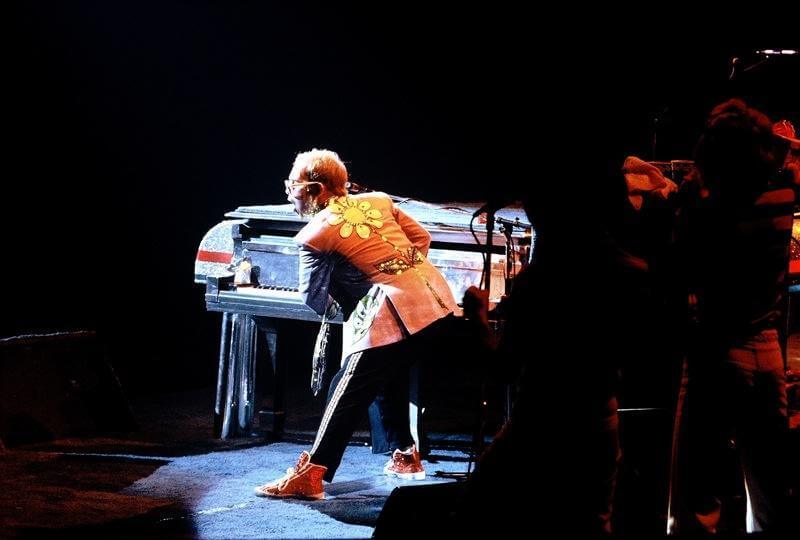
1970’s: Shoes and Fashion
Of course, style has always mattered when it comes to footwear. (Those long-curled toes from the middle ages, and King Louis’ high heels both attest to that fact!) But shoes have become an especially important part of fashion in the past 50 years — and the 70’s offer many fantastic examples of this, from platform disco shoes, to bright, two-toned footwear, to the bombastic shoe style employed by performers such as Elton John. The hippy movement also helped popularize brighter colors, decorative touches, and many types of sandals. Many shoes even became associated with particular cultural movements, i.e. Chuck Taylors and rock, Adidas and hip hop, or PF Flyers and the streakers!
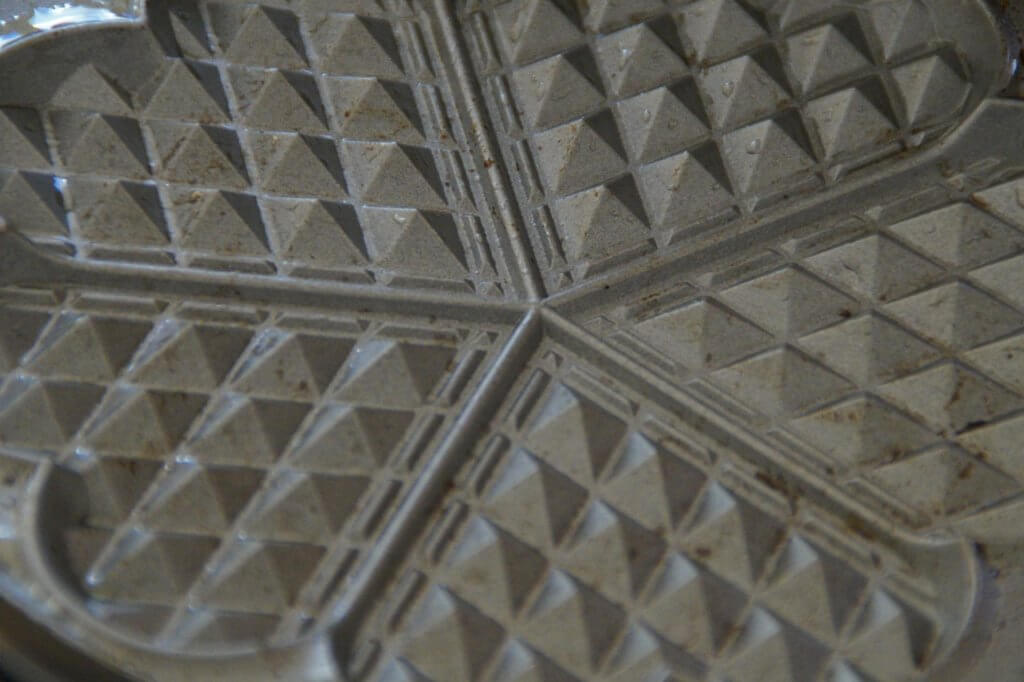
1974: Nike Creates the Waffle Sole
Nike may be one of the biggest names in footwear, but the company began in relatively humble fashion as an importer of Japanese shoes like the aforementioned Tiger Marathon and Cortez shoes. Their co-founder, Bill Bowerman, knew that the company would need to bring something new to the table if its shoes were going to compete — and he found inspiration in the form of a small kitchen appliance. You see, Bowerman had been looking for ways to reduce weight and add traction, and one morning, while making waffles with his wife, he came up with the idea of implementing a grooved bottom on the soles of his shoes. (And yes, the early prototypes of this shoe were indeed made with a waffle iron!)
1978: The Nike Air Tailwind is Released
Just a few years after Waffle Soles helped put Nike on the map, the company came out with a new idea that would quickly develop a die hard following: the Air Tailwind. Like many so-called innovations to occur in the footwear industry during the past 50 years or so, there was little scientific evidence actually supporting the Tailwind. But the idea of filling a shoe with air was certainly intriguing, and Nike did an excellent job of marketing their new shoes as futuristic “gadgets that made you a better athlete.” This set the tone for many new design and marketing strategies in the footwear industry.
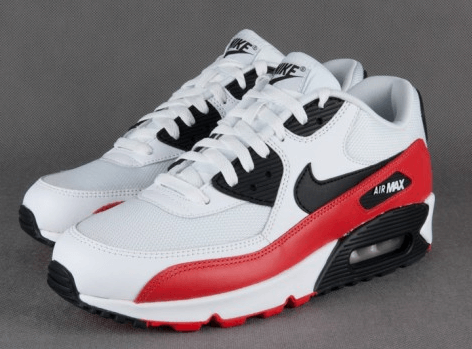
1980’s: Tiger, Adidas, and Co Sell “Corrective” Footwear
Or, at the very least, these terms became major buzzwords. As Runner’s World put it, “Choosing shoes became similar to getting fit for corrective eyeglasses, a process of matching the level of support necessary for your pronation problem.” People looked to add arch support and other “corrective” features to help their feet perform better in conjunction with their footwear.
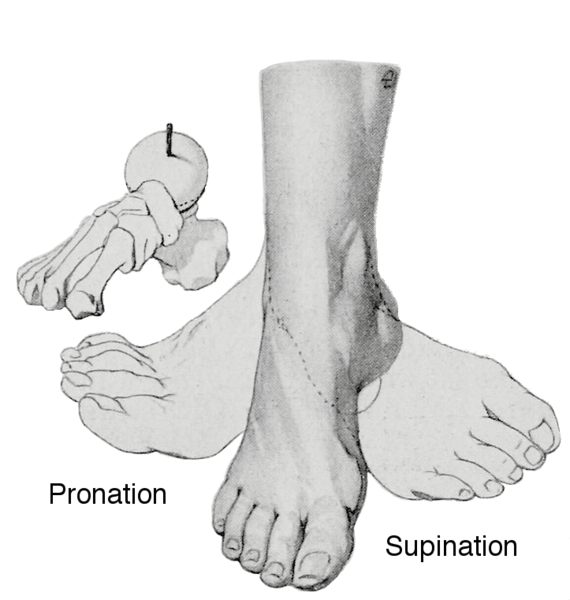
The “toe spring” was one of the best examples of this. Many shoe companies began designing shoes that rose up from the ball of the foot to the toe, thus helping runners rock their feet forward. (A motion that is quite natural when barefooted, but impossible in shoes with stiff, flat soles.)
Another change: pronation control. The inward rolling motion of the foot, known as pronation, is a natural component of the “spring-like mechanism” of the lower leg and, arguably, crucial to proper running form and safe impact distribution. But the stiff, flared soles of running shoes from this era, and the heel-strike that they engender, caused a problem known as “hyperpronation.” To counter this, shoe companies started adding “motion control” effectively pushing the idea that pronation is somehow bad.
The restrictive effect that shoes have on natural pronation, and the fact that many shoe designs seemed to cause hyperpronation, would eventually become a central part of the barefoot/minimalist argument. But once again, we’re getting ahead of ourselves…
1985: Air Jordan 1 is Released to the Public
Made exclusively for Michael Jordan in 1984, Air Jordans were sold nationwide by ‘85, and quickly became one of the most popular brands on the market. Because the original Air Jordans did not comply with the NBA’s uniform color standards, Commissioner David Stern forbade the shoes, fining Jordan $5000 for every game he used them. Nike responded by paying those fees themselves, and Jordan’s continued use of the shoe helped spur Nike to greater heights once again.
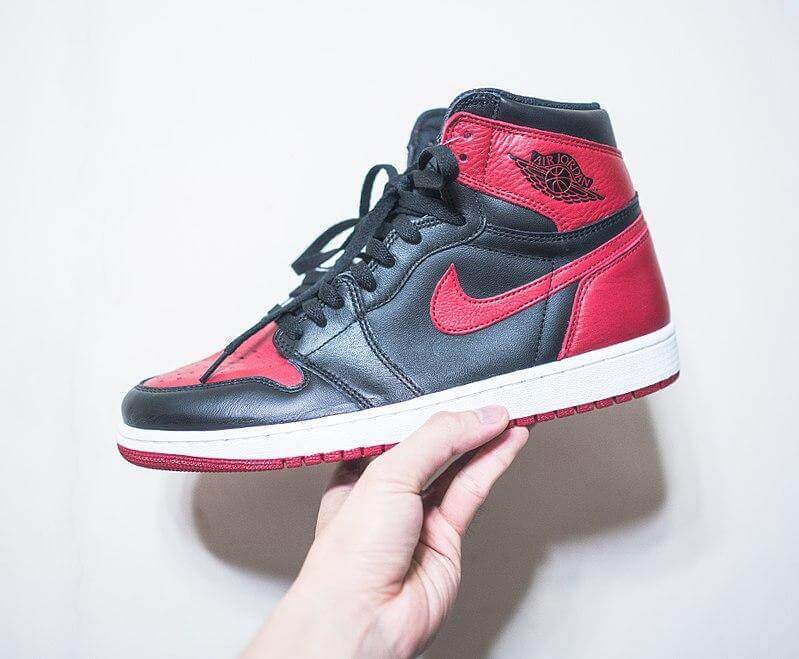
1990’s: The Evolution of Style
Shoe styles in the 90’s weren’t drastically different from shoe styles in the 80’s, though new models like Reebok Pumps (which featured an internal inflation mechanism that locked around the ankle) did become popular. In short, shoes were fundamentally the same, though some new styles, like elevated heels and inflating shoes, were introduced. Oh, and Air Jordans continued to sell like crazy!
2005: Nike Free Dominates the Market
According to the NIke website, designer Tobie Hatfield found inspiration for this new line of shoes during a 2001 trip to Stanford University, where he saw the track team running barefoot on the grass. Coach Vin Lananna explained to Hatfield that he believed this barefoot training helped strengthen his runners — and Nike later created the Free line of footwear as an attempt to replicate the benefits of running barefoot.
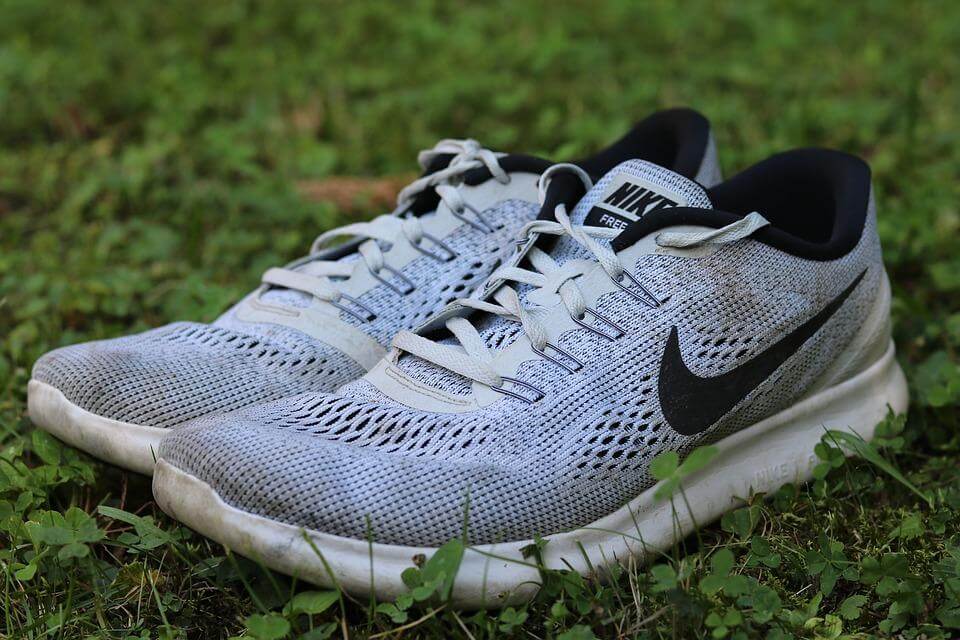
These shoes are a classic example of what running expert Irene Davis would later dub “partial minimal,” that is to say, shoes that make some attempt at being minimalist, but fall short.
Regardless, the impressive sales numbers generated by these shoes demonstrated the fact that people were beginning to think critically about the longstanding notion of “support” and corrective footwear. It’s not hard to see why Born to Run would soon captivate such a wide audience, which brings us to…
2009: Born to Run Sparks Widespread Interest In Minimalism and barefoot running
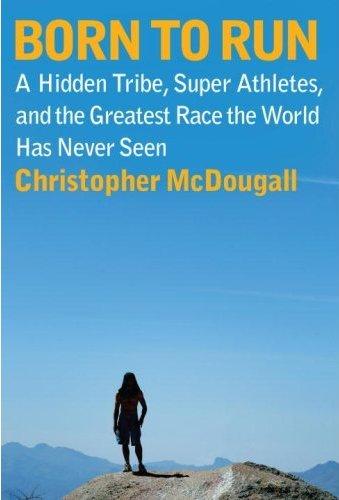
This best-selling book by Christopher McDougall explores the running traditions of the Tarahumara, a people indigenous to the northwestern Mexico. McDougall was impressed by the long-distances and incredibly speeds that the Tarahumara people could run, either barefoot or in huarache sandals made from scraps of tire laced to the foot — and he was especially intrigued by the fact that they seemed virtually immune to many of the running-related injuries he had suffered from himself.
The book explores a number of running-related topics, from the Tarahumara notion of running for spiritual fulfilment, to the hypothesis that long-distance running was crucial to the hunting strategies of early humans. But perhaps the most influential claim made in Born to Run? The notion that highly cushioned were actually contributing to the injury epidemic plaguing running, and the theory that we could reduce injuries by switching to shoes more similar to the thin huarache sandals used by the Tarahumara.
Around this same time, Harvard’s Dr. Daniel Lieberman published a study in Nature International Journal of Science showing how runners in traditional shoes tend to land with their heel first sending an “impact transient force spike” through their joints, while barefoot runners landed either midfoot or forefoot first, and apply less force when they land.
These two events triggered the interest (and later, backlash) in barefoot running and natural movement.
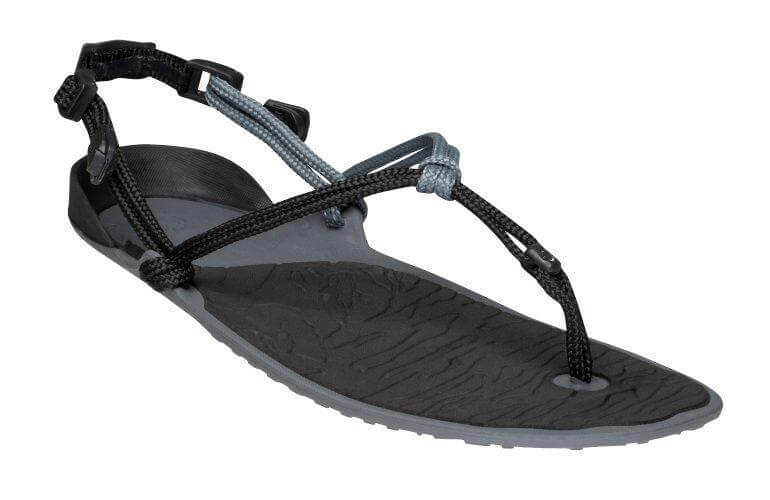
2010’s: Minimalism, Fake Minimalism, and Maximalism
After the publication of Born to Run, barefoot running experienced an explosion in popularity, as did minimalist footwear. One of the most well-known examples of this was Vibram Five Fingers — but that’s far from the whole picture.
After arguing that minimalism and barefoot running were dangerous and to be avoided, most major footwear brands, like Skechers, NIke, Merrell, New Balance, and Adidas released products that they called “minimalist” and claimed to give the same benefits as running barefoot. Again, experts like Dr. Irene Davis and Dr. Daniel Lieberman would disagree on both counts: the shoes were simply lighter and had less heel lift that traditional shoes. They did not give the same benefits as being barefoot, and were not the same as “truly minimalist shoes” like those from Xero Shoes.
In fact, research from Dr. Davis showed that the “partial minimalist” shoes (Xero Shoes founder, Steven Sashen, calls them “fake minimalist”), made by the major brand’s shoes were oftentimes just regular shoes marketed as being minimalist and, in fact, could be worse than regular running shoes.
As minimalist footwear gained more attention, some companies also countered by creating the opposite: ultra-cushioned shoes known as “maximalist” footwear. Hoka One Ones are an excellent example of this — and many similar shoemakers claim that extra padding allows for superior comfort and stability, despite studies showing that the extra cushioning does not reduce impact forces. The debate between minimalism and maximalism continues to rage on, though a growing body of scientific research is supporting the minimalist side.
So What’s Next?
The future of footwear remains to be written — but we at Xero Shoes plan to be an important part of that future. Our shoes and sandals are built with a “foot-first design.” Your feet are made to bend, flex, move and FEEL the world. One-quarter of the bones and joints in your ENTIRE body are in your feet and ankles; you have more nerve endings in your soles than anywhere but your fingertips and lips.
Comfort and performance come from using your feet naturally.
That’s what Xero Shoes let you do.
- Natural Fit — wide toe boxes let your toes spread and relax. A non-elevated (zero-drop) heel for proper posture.
- Natural Motion — super flexible to let your feet bend and move naturally. Low-to-the-ground for balance and agility.
- Natural Feel — the patented FeelTrue® soles give you just-right protection while still giving the ground feedback your brain needs for efficient, natural movement.
Plus the soles are backed with a 5,000 mile warranty.
Our ultimate goal: In the same way that people think of “Natural Food” as the obvious, better, healthy choice, we’re making “Natural Movement” the clearly better footwear option.
Click Here to see our line of casual and performance shoes and sandals
P.S. — we know this article isn’t an encyclopedia, and we’d love to keep the conversation going! Let us know what interesting stories we’re leaving out in the comments section below!




